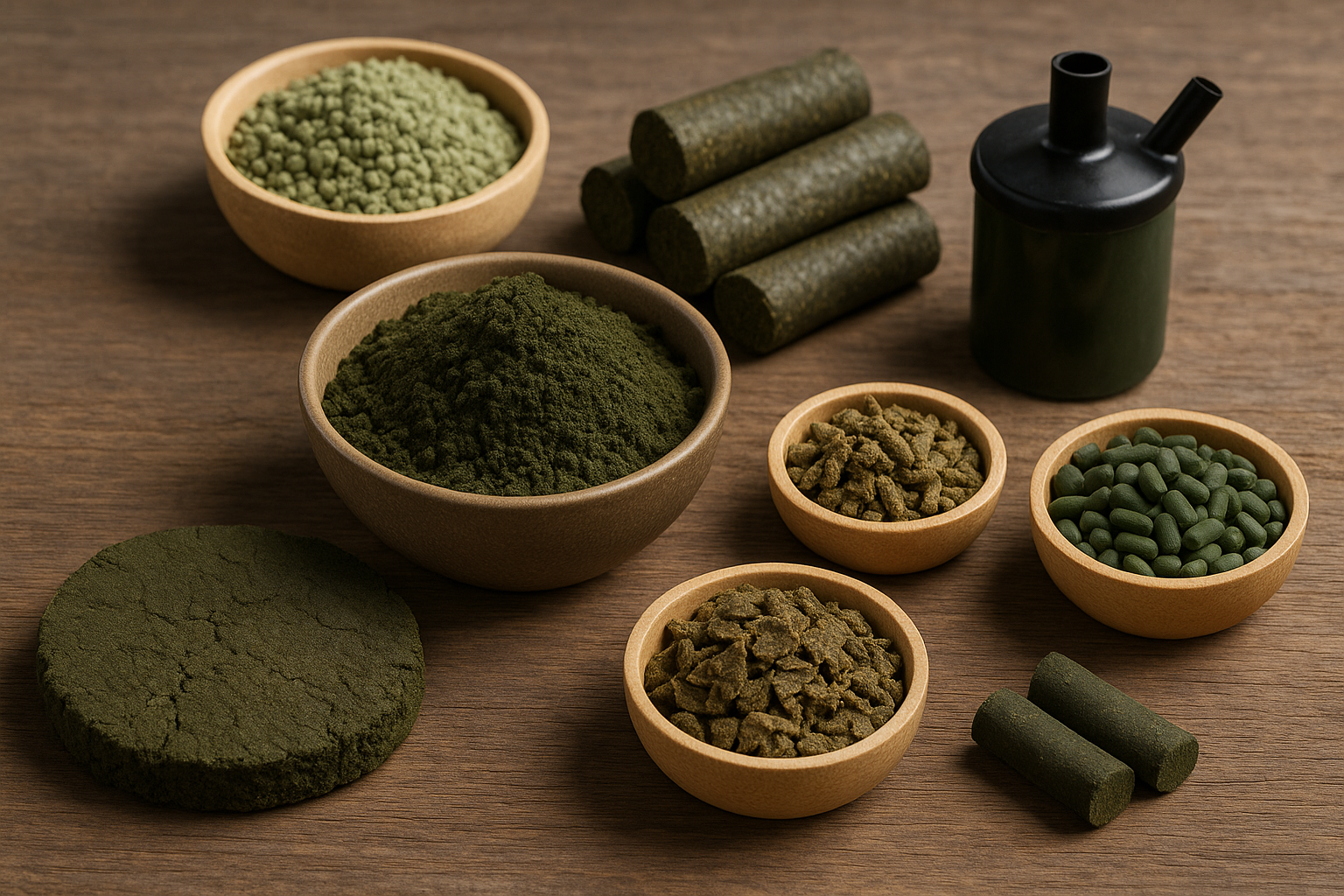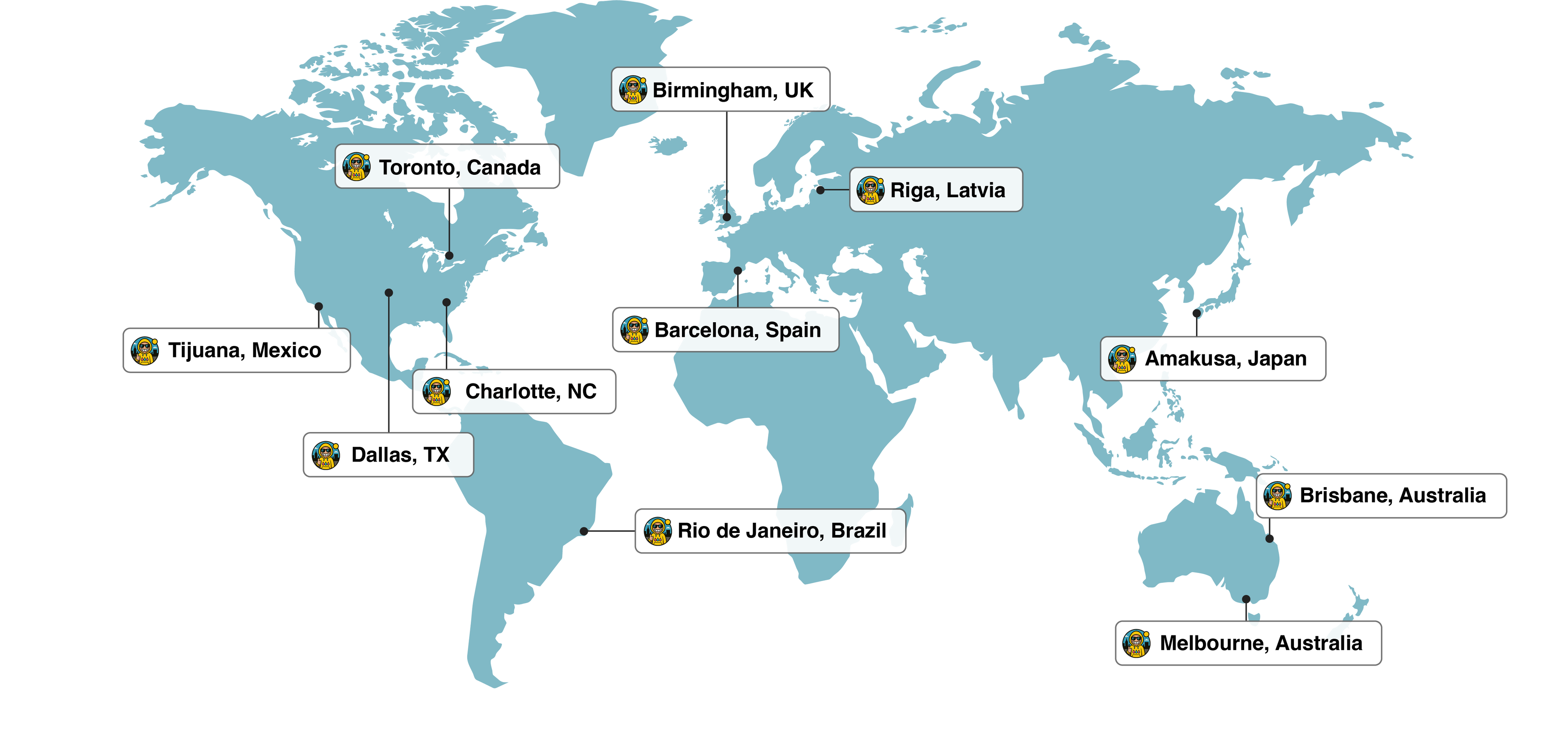Introduction
After extracting oil for DIY algae-based biofuel, you're left with a dry algal biomass cake. Instead of throwing it away, this post explores how to turn that leftover biomass into valuable resources—fertilizer, animal feed, biogas, or even fuel briquettes—creating a truly circular, zero-waste algae biofuel system.
1. Nutrient-rich Organic Fertilizer & Soil Conditioner
Algal residue is rich in macronutrients like nitrogen, phosphorus, and potassium, making it an effective biofertilizer or soil amendment. Microalgae can enhance microbial activity and improve soil health, supporting garden productivity and sustainability.
2. High-Protein Animal or Fish Feed
Leftover algal biomass contains proteins and carbohydrates, making it suitable as a supplement for livestock or aquaculture feed. Species like Chlorella and Spirulina are already used in commercial feed mixes, offering nutritional value while reducing waste.
3. Biogas Production via Anaerobic Digestion
The biomass cake can be fed into a home anaerobic digester to produce biogas (mainly methane), which can be used for cooking or heating. The resulting digestate remains useful as a soil fertilizer, reinforcing the circular energy system.
4. Pellets or Briquettes for Combustion
Dried algal residue can be compressed into pellets or briquettes to use as solid fuel. This method is especially relevant for off-grid homes with biomass stoves or fireplaces, offering a clean-burning, renewable heat source.
5. Emerging Uses & Biorefinery Concepts
Advanced applications include converting algal biomass into biochar, bioplastics, or composite materials. These methods support carbon sequestration and expand the sustainability potential of home-based algae systems.
6. Why a Circular Approach Matters
-
Waste Reduction: Maximizes resource use, minimizing landfill waste.
-
Resource Efficiency: Extracts full value from the algae cultivation process.
-
Energy Independence: Supports a self-sufficient, off-grid lifestyle.
-
Multi-output Resilience: Provides multiple energy and material solutions from a single input.
7. DIY Tips to Make It Happen
| Use Case | Tips |
|---|---|
| Fertilizer | Dry the biomass and mix into compost or directly into the soil. |
| Feed | Confirm algae species are non-toxic and introduce slowly in diets. |
| Biogas | Monitor digester pH and temperature for stable gas production. |
| Pellets/Briquettes | Use a manual press; ensure biomass is dry to reduce smoke. |
| Biochar/Materials | Apply slow pyrolysis for biochar or combine with binders for bioplastics. |
Conclusion
Reusing algal biomass cake after oil extraction transforms a byproduct into a powerful asset. Whether you're cultivating algae for biodiesel at home or experimenting with a photobioreactor, closing the loop ensures your system is efficient, sustainable, and fully circular. Unlock the full potential of your algae—nothing should go to waste.


